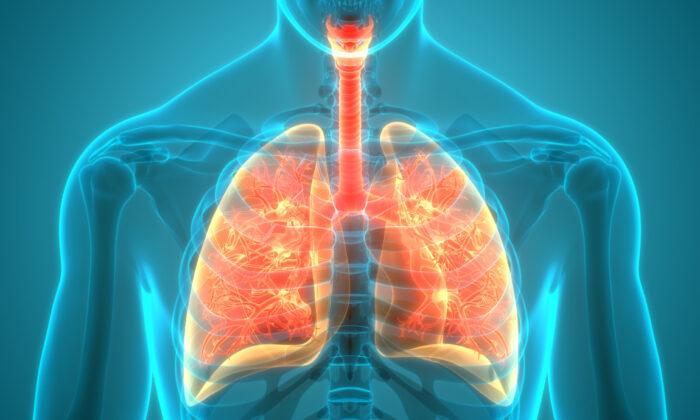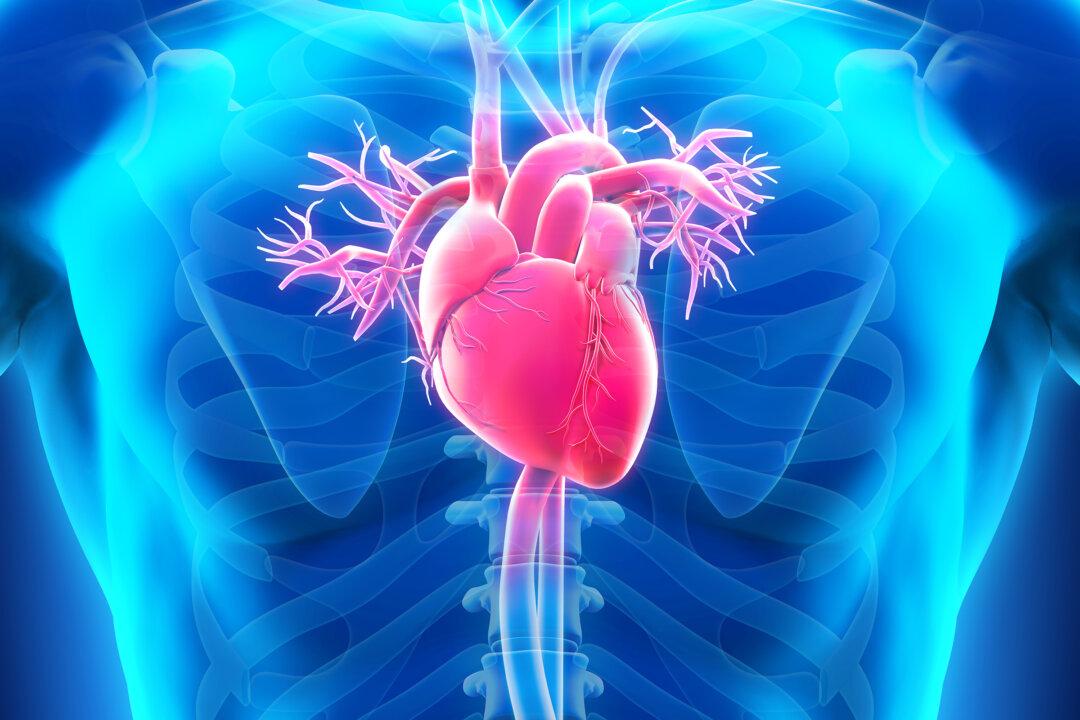Parkinson’s symptoms gradually escalate until they hinder a person’s ability to enjoy even basic physical activities. However, simply becoming more active can have an incredible effect on disease progression.
How Exercise Strengthens Brain and Body
The human brain has an ability called neuroplasticity, allowing it to change and adapt based on experiences and environmental demands. Exercise is crucial in promoting neuroplasticity by creating new connections in the brain and potentially restoring lost ones.This process can help slow the typical deterioration of physical abilities in Parkinson’s patients.
Of course, exercise doesn’t just benefit the brain; your body also undergoes important changes that can help improve the symptoms of Parkinson’s disease.
- Improved posture: Parkinson’s disease can cause patients to stoop, causing spine misalignment.
- Increased strength: The condition can cause muscle weakness, making movements slow and difficult.
- Better balance: Loss of balance is a potentially dangerous symptom of Parkinson’s because it can result in frequent falls, increasing the risk of fractures and other complications.
- Improved mobility: Impaired dopamine signaling can severely affect patients’ ability to walk. Dopamine is a neurotransmitter that acts as a chemical messenger, facilitating communication between nerve cells involved in motor control.
Benefits of Exercise That Engages Body and Brain Together
Studies have demonstrated that exercises engaging both the body and mind at the same time—such as dancing, boxing, and tai chi—have significant benefits for Parkinson’s patients.These activities require coordination, balance, and flexibility, which tend to become increasingly difficult for people with the condition. One study, in particular, showcased remarkable enhancements in balance and a reduced risk of falls among participants who regularly attended boxing classes.
Evidence suggests that physical exercise can positively impact patients who have advanced in the disease. Ms. Cohen said that even seated exercises provided benefits for individuals unable to stand. “They might not be working on their standing balance, but they sure are getting their heart rate up and sweating,” she said. “So they get all of the cardiovascular benefits of exercise that someone would who is able to stand.”
Workouts That Improve Parkinson’s Symptoms
1. Tai Chi
Tai chi, a traditional Chinese martial art characterized by slow, flowing movements, has garnered increasing attention as a potential therapy for Parkinson’s disease.2. Boxing
Boxing training has emerged as a potential therapy for Parkinson’s disease, offering a wide range of benefits for patients in both the early and later stages of the condition.“If you’re doing different types of moves, and sparring, and things of that nature, then there’s a cognitive component,” Dr. Roshni Patel, adjunct professor of neurology at Rush Medical College and study co-author, said in a press statement.
3. Weight Training
Weight training, also called resistance or strength training, has been found to provide both physical and mental benefits for patients at different stages of Parkinson’s disease.The condition can lead to muscle weakness and stiffness. Weight training can effectively address these issues by increasing muscular strength, promoting flexibility, and enhancing overall mobility.
By increasing muscular strength and coordination, weight training can also help mitigate the risk of falls.
4. Karate and Other Martial Arts
Karate training promotes focus, concentration, and mental discipline. In a study conducted at Rush University, researchers observed 19 participants with mild and moderate Parkinson’s disease and found that participants’ quality of life showed significant improvement after completing a 10-week karate program.“Our initial pilot study showed that martial arts may be beneficial for individuals with Parkinson’s disease by increasing mobility, balance coordination, and overall well-being,” Dr. Jori Fleisher, the study’s principal investigator and a neurologist at Rush, said in a press statement.
It’s advisable to consult a health care professional before pursuing specialized exercise programs that integrate martial arts, ensuring maximum benefits and risk reduction.




